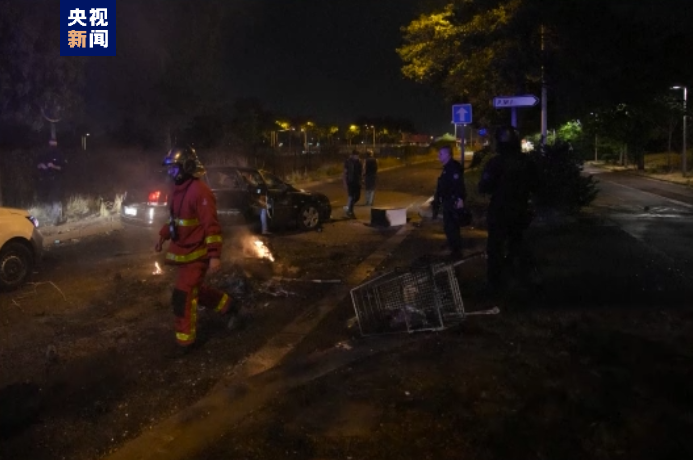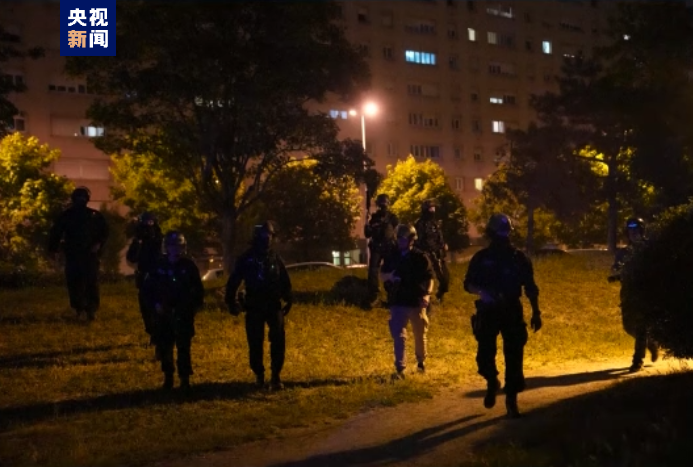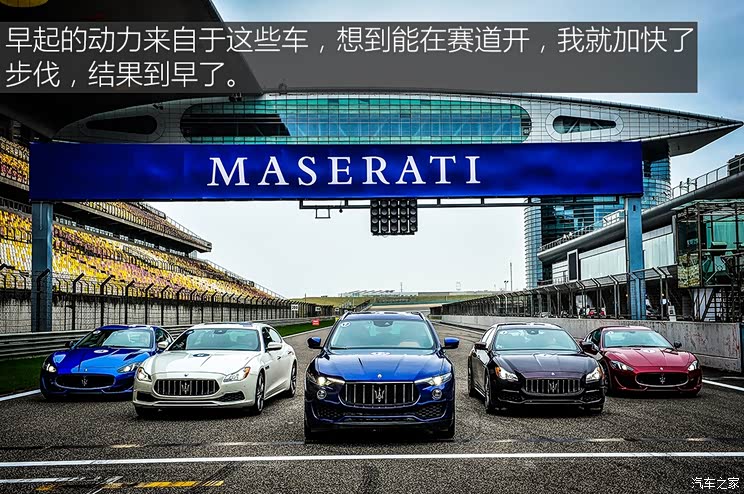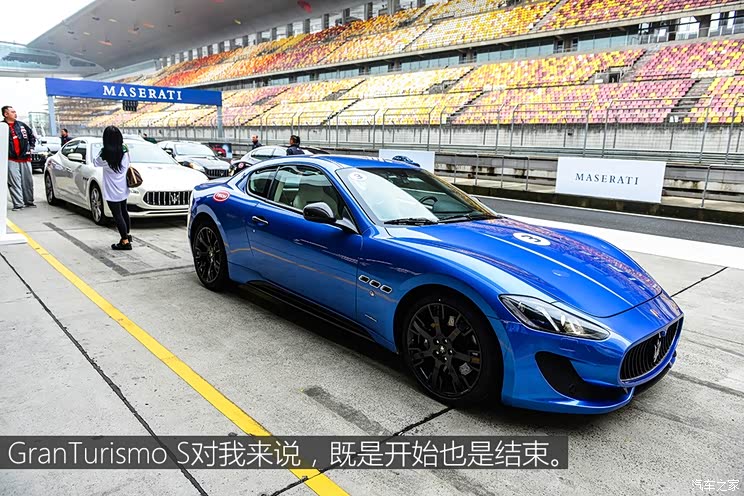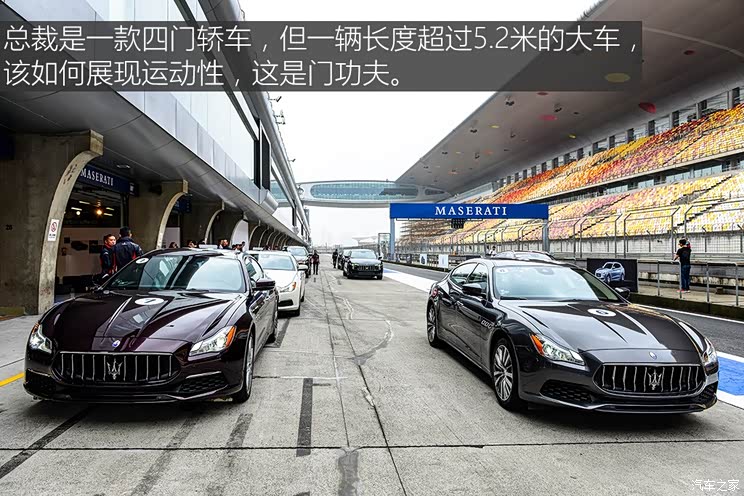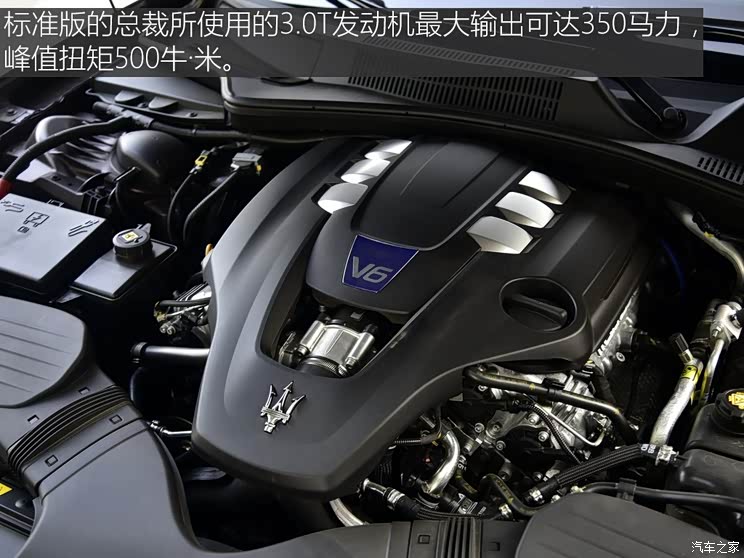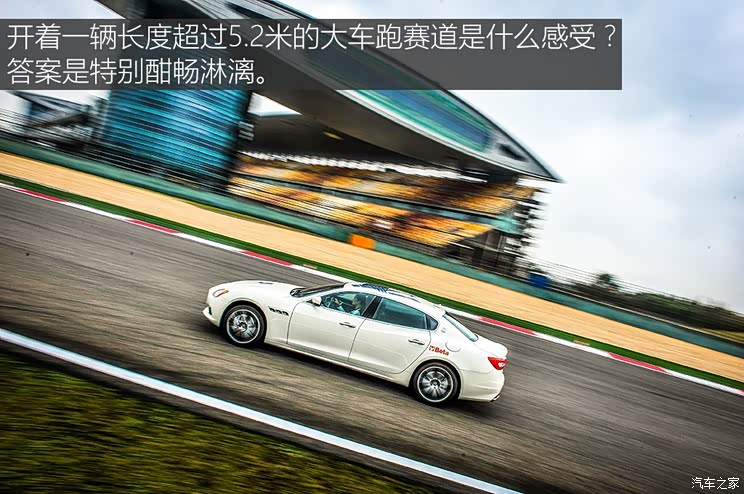
On January 18th, the National Bureau of Statistics released the 2017 China Economic Annual Report: GDP broke through 80 trillion yuan for the first time, with a growth rate of 6.9%, achieving the first recovery since 2010. In the past ten days, 31 provinces in China have also released their economic data for the past year. Observing the data of various provinces, Guangdong, the No.1 scholar, and Jiangsu, the No.2 scholar, have joined hands to reach the level of 8 trillion GDP. From the perspective of growth rate, the western region of China has continued the momentum in 2016 and continued to lead. Objectively, these "subdivided" economic data make China’s annual economic report more "three-dimensional". In addition, with Tianjin and Inner Mongolia actively squeezing water, the GDP data of each province has become more "interesting".
speed
The GDP growth rate of central and western provinces is among the best.
As we all know, if you draw a map of China according to the total GDP, it must be a scene of "high in the south and low in the north". The growth rate in 2017 also shows this trend.
According to statistics, among the 31 provinces in China, only 8 provinces’ GDP growth rate last year was lower than the national GDP growth rate, including Beijing-Tianjin-Hebei and the three northeastern provinces. Among them, Tianjin’s GDP has the most obvious downward trend, only 3.6%, ranking last with Gansu Province.
When it comes to Tianjin’s GDP, it occupied the hot spot of public opinion before half of January. However, the reason is not gratifying: Tianjin Binhai New Area adjusted its regional GDP to 665.4 billion yuan in 2016. After the adjustment, the regional GDP of Tianjin Binhai New Area decreased by about one third in 2016, with a year-on-year negative growth.
Although the local statistics bureau of Tianjin said that changing the statistical caliber had no impact on the economic data, after objectively squeezing water, its economic growth rate dropped from 9% in 2016 to 3.6% in 2017.
The Inner Mongolia Autonomous Region, which is also a northern province, is similar to Tianjin. On January 3, at the Fifth Plenary Session of the Tenth Committee of Inner Mongolia Autonomous Region and the Regional Economic Work Conference, the Party Committee of the Autonomous Region "exposed its dirty linen": the fiscal revenue of the autonomous region government was inflated and idling, and the added value of industrial enterprises above designated size in 2016 should be reduced by 290 billion yuan, and the regional GDP base in 2016 should be correspondingly reduced. Although the local statistics department also posted a statement in official website saying that the move would not have much impact on economic growth, the data showed that its growth rate in 2017 was 3.2 percentage points lower than the previous year, only 4%.
On the other hand, Liaoning, which exposed the fraudulent economic data two years ago, ushered in a "turning over war" last year. The data shows that in 2017, the GDP growth rate of Liaoning Province was 4.2%, which turned from negative to positive, and the reversal rate was considerable, reaching 6.7 percentage points, which was the best result since "squeezing water" in 2015. The work report of Liaoning government points out: "Since 2011, there has been a trend change in the one-way decline of economic growth rate."
Looking at the growth rate from the perspective of the whole country, most of the top provinces are still located in the central and western regions. According to the ranking of growth rate, Guizhou, Tibet and Yunnan won the top three, among which Guizhou and Tibet maintained a double-digit growth rate of 10.2% and 10% respectively.
The eye-catching speed of the western region is inseparable from China’s "western development" strategy. Some experts have pointed out that compared with the east, the economic data base of the central and western regions is relatively small, and in recent years, they have undertaken a number of industrial transfers and been tilted by national policies. These factors will promote the economic development of the western region.
amount
Jiangsu and Shanghai achieved "integer breakthrough"
In 2017, the national GDP reached 80 trillion steps for the first time. Specific to the provinces, Jiangsu also achieved a breakthrough in this year: it exceeded the 8 trillion mark for the first time, ranking second in the total GDP. In front of it, Guangdong is firmly in the top spot, approaching the 9 trillion mark.
When it comes to absolute value, the western region is not "cheap" because of its small stock. The ranking of the top ten GDP has not actually changed from 2016, except for Guangdong and Jiangsu, followed by Shandong, Zhejiang, Henan, Sichuan, Hubei, Hebei, Hunan and Fujian.
It is worth mentioning that there are three node provinces and cities located at the east and west ends of the Yangtze River Economic Belt: Sichuan, Chongqing and Shanghai.
First of all, although Chongqing’s economic growth rate failed to maintain double digits last year, it still ranked fourth with 9.3%, and its momentum is still strong. In addition, its economic aggregate should not be underestimated. This year’s data has surpassed Tianjin and climbed to nearly 2 trillion.
Looking at Sichuan again, the land of abundance achieved gratifying results in 2017, achieving both the total volume and the speed. When the economic aggregate ranked sixth, its growth rate rebounded by 0.4 percentage points from the previous year, and it entered the top ten growth rates with 8.1%.
And Shanghai, where the Yangtze River empties into the sea, is not an economic center for nothing. Its economic aggregate followed Fujian Province and entered the 3 trillion yuan mark. Like Jiangsu, it achieved an integer breakthrough last year, becoming the first city in China to cross the 3 trillion threshold.
Referring to the absolute value of economic data, the reporter of Beiqing Daily noticed that although it is common for provinces to "squeeze water" actively, there is no adjustment to China’s economic data. Then, will the false data in various places affect the economic data of China? Is the "80 trillion" mark mentioned at the beginning still credible?
Ning Ji Zhe, director of the National Bureau of Statistics, replied that the falsification of local data does not affect the authenticity of China data.
In this regard, Fan Ziying, a professor at Shanghai University of Finance and Economics, told the reporter that in simple terms, it can be understood that these two sets of data are currently counted by two classes of people. At present, the country’s accounting for GDP follows the principle of "grading accounting and managing the first level", and uses the four-level accounting of the country, province, city and county. "That is to say, national statistics, local statistics. Therefore, the reduction of local data will not affect the economic data of China. "
At the press conference held by the National Bureau of Statistics on the 18th, Ning Ji Zhe once admitted that the total GDP of China provinces would always exceed the total GDP of China announced by the Bureau. The reason for this situation is also related to the accounting system. "Because of the different accounting systems, there will often be repeated accounting problems between provinces without removing input and output factors. In addition, some problems such as the inconsistency between the registered place of the production subject and the place where the production activity takes place will also cause repeated statistics of economic data. " Fan Ziying admits that in addition, it is impossible to rule out the possibility that local officials use administrative means to artificially interfere with data.
quality
There is no contradiction between high quality and high growth rate
Standing on the point of summing up 2017, I can’t help looking forward to 2018. While China’s economic growth rebounded, the reporter found that almost all provinces in China lowered or maintained the preset economic growth target of last year.
Among them, even in Guizhou and Tibet, which have maintained double-digit growth rates for five consecutive years, both provinces have set the target for 2018 at "around 10%", the lower limit of this double-digit growth rate. On the other hand, the target for 2017 is "more than 11%" in Tibet, and there is no word "left and right" in Guizhou.
Investigating its internal reasons, the reporter found that "high-quality development" has become a high-frequency word at the recent two sessions in various provinces.
Take Tianjin, a more typical city, as an example. Last year, its economic growth rate was at the bottom of the country, and the growth rate target for 2018 was also reduced the most: by 3 percentage points to 5%.
Wu Junding, director of the Tianjin Municipal Bureau of Statistics, said frankly: "The decline in economic growth rate is first caused by the long-term accumulation of deep contradictions in Tianjin’s development." At the Tianjin Economic Work Conference held in early January, 2018 was defined as a historic window period. "For Tianjin, 2018 is a life-and-death year to realize the transformation from high-speed growth to high-quality development."
The reporter noted that the report of the 19th National Congress proposed that China’s economy has shifted from a high-speed growth stage to a high-quality development stage, and with the supply-side structural reform that lasted for several years, all localities have already reflected the "pain" brought about by the structural adjustment process. The collision of several elements and expressions objectively gives people the impression that "high quality must reduce the growth rate".
In this regard, Yang Zhiyong, a researcher at the Institute of Finance and Economics of China Academy of Social Sciences, seriously clarified to reporters: "High quality and high growth rate are by no means contradictory." When we are in a rough development stage, the demographic dividend and low technical threshold will lead to the development of some industries and projects that use resources for growth. So while paying attention to the quality of development, our industry has not been upgraded, and it is bound to lose some opportunities and projects. "But this doesn’t mean that high quality is the reason to hit the growth rate." In the interview, Yang Zhiyong took Shenzhen as a typical example to reporters.
The data shows that Shenzhen, as one of the most dynamic cities in China, has a total GDP of over 2.2 trillion in 2017, with a growth rate of 8.8%. More notably, in 2017, the proportion of secondary and tertiary industries in Shenzhen reached 41.5: 58.4; The total social R&D investment exceeds 90 billion yuan, accounting for 4.1% of GDP; The actual use of foreign capital was US$ 7.4 billion, up by 10%.
To measure the quality of economic development, a professor from the Department of Economics of the National School of Administration once summarized five characteristics: the contribution of the tertiary industry to economic growth increased significantly; The contribution of innovation to economic growth has increased significantly; The contribution of consumption to economic growth has increased significantly; Structural optimization; Inclusive and inclusive growth.
Measured by the above standards, Shenzhen has undoubtedly achieved both growth rate and high quality.
In fact, as the frontier of reform and opening-up, the proportion of young people in Shenzhen ranks first among cities in China, which has taken the lead in high quality. So, from a national perspective, has there been a typical case of labor pains and the quality has changed from low to high? The reporter found something special about Shanxi Province: among the 31 provinces, only one province in Shanxi raised its economic growth target in 2018 to 6.5%. As a former major energy province, its growth pace has become more and more "light".
On January 23, Shanxi held a press conference on economic operation in 2017. It was pointed out at the meeting that the growth rate of 7% in 2017 was the first time since 2014 to enter a reasonable range. Shanxi, which is in a trough, also experienced a decline in economic growth in 2015. However, two years later, as a major energy province, the pace of high-end traditional industries in Shanxi Province has been accelerating in 2017, and the growth rate of industrial technological transformation investment has accelerated. "Non-coal industries have become the main driving force for industrial growth."
Shanxi’s gratifying transformation seems to be a microcosm of China. Data show that in the past five years, the national R&D expenditure increased by more than 11% annually, and the contribution rate of scientific and technological progress increased from 52.2% to 57.5%. It is estimated that the contribution rate of new kinetic energy to economic growth exceeds 30%.
According to Yang Zhiyong’s theory, high-quality development abandons the "overdraft" type of economic growth, so it is full of stamina. If the transformation and upgrading are realized after the pain, high quality and high growth rate will go hand in hand.
Text/reporter Yan Li for the picture/vision china
